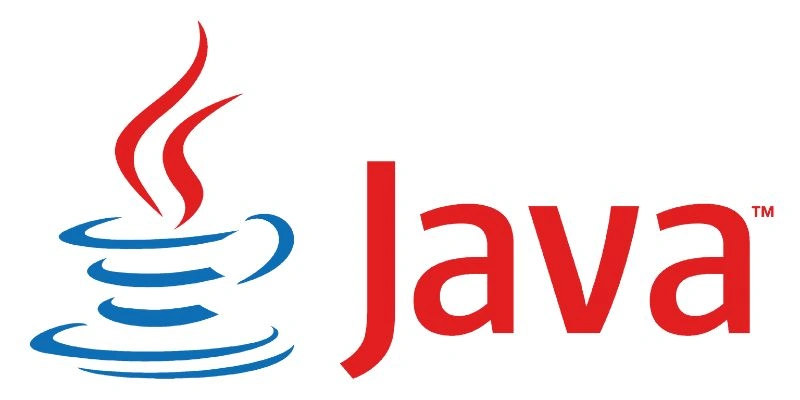In our fast-paced digital world, staying connected in real-time is more important than ever. From messaging apps to live sports updates, we crave instant information and interaction. If you want to develop skills in this area, Java Training in Bangalore can be an excellent way to get started. This training will equip you with the knowledge to harness the power of WebSockets, a protocol designed for real-time communication, especially when combined with Java. In this blog, we will explore the concept of WebSockets, their importance in creating real-time applications, and how Java can be used to leverage their capabilities.
What Are WebSockets?
What if your chatting with a friend. You send a message, and they reply immediately. This kind of instant communication is exactly what WebSockets provide, but in the context of web applications. WebSockets allow a continuous, two-way communication channel between a client (like a web browser) and a server. Unlike traditional web communication, where the browser has to keep asking the server for updates, WebSockets let the server send information to the browser instantly. This is perfect for applications where speed and real-time interaction matter.
Key Benefits of WebSockets:
- Instant Communication: With WebSockets, data can flow back and forth instantly without delay.
- Efficiency: They use less data than traditional methods because there’s no need for constant requests to the server.
- Scalability: WebSockets can handle many users at once, making them ideal for large applications.
By understanding these benefits through Java Training in Marathahalli, developers can learn how to create efficient applications that utilize WebSockets effectively.
Why Use Java with WebSockets?
Java is a powerful programming language known for its reliability and scalability, making it a popular choice for building complex applications. When you combine Java with WebSockets, you can create real-time applications that are robust and efficient.
Some common uses of Java with WebSockets include:
- Live Chat Applications: Imagine a customer support chat where users get instant replies. WebSockets make this possible.
- Online Gaming: Games that require real-time interaction between players benefit greatly from WebSockets, as they can send and receive data instantly.
- Collaborative Tools: Tools like Google Docs allow multiple users to edit a document simultaneously. WebSockets ensure everyone sees changes in real time.
Through Python Training in Bangalore, you can acquire the skills necessary to implement these real-time functionalities, enhancing your career prospects in the tech industry.
The Power of Real-Time Applications
Real-time applications built using Java and WebSockets can transform the user experience. Here are some key advantages:
- Speed: Users receive updates without delays, leading to a more engaging experience.
- Interactivity: Applications can respond to user actions instantly, making interactions feel seamless.
- Connection: WebSockets keep the connection alive, allowing for ongoing communication without interruptions.
Building real-time applications with Java and WebSockets opens up a world of possibilities. Whether you’re developing a live chat feature, an online game, or a collaborative tool, WebSockets provide the instant communication that users expect today.
Java’s strong foundation, paired with the capabilities of WebSockets, can lead to powerful, engaging applications. By understanding how to leverage these technologies through Programming Languages Institutes in Bangalore, you can create experiences that keep users connected and informed in real time. Dive into the world of WebSockets and discover how they can elevate your applications to the next level!
